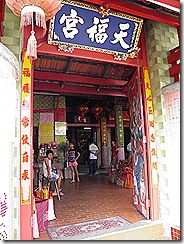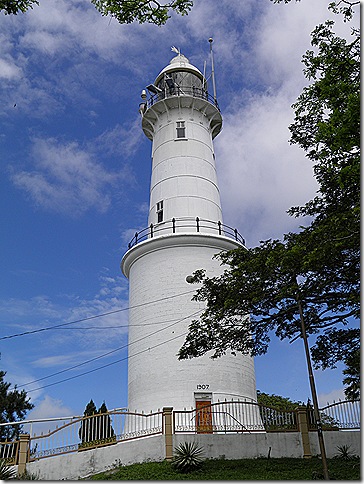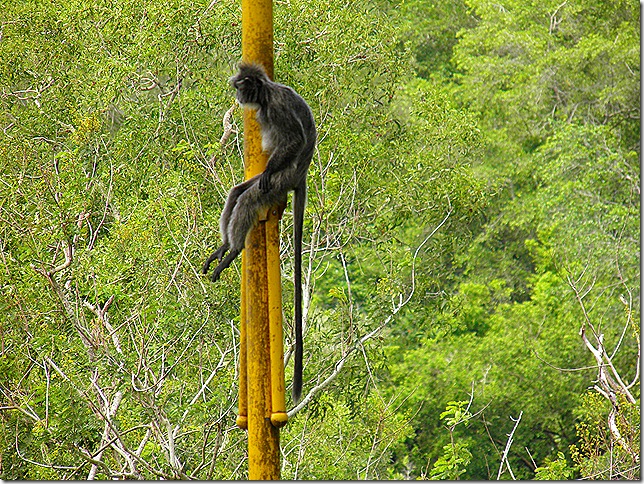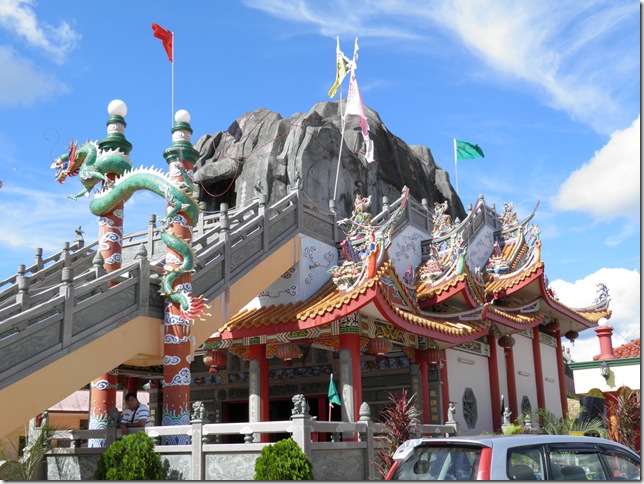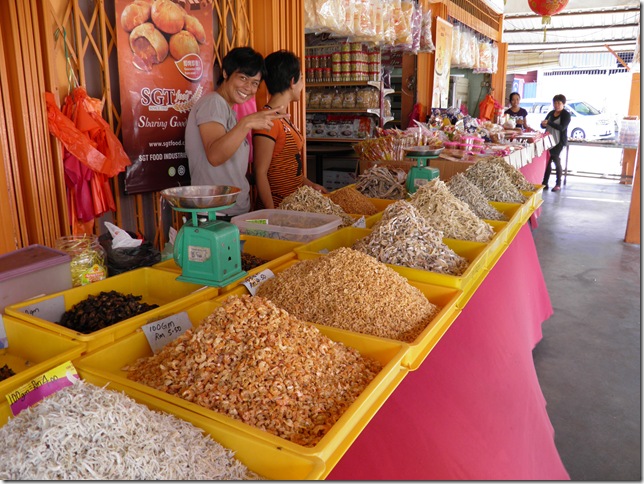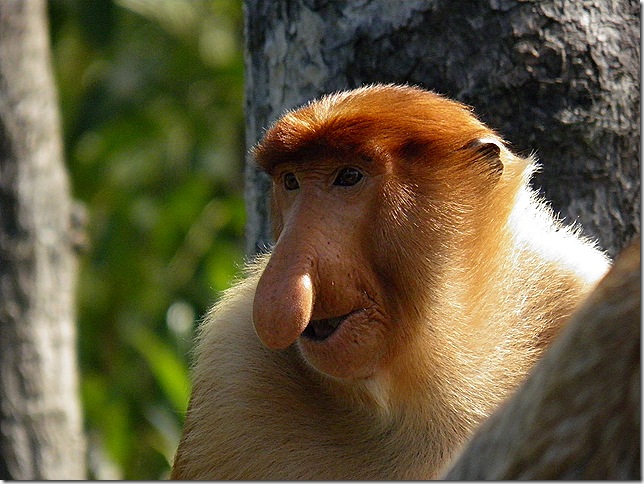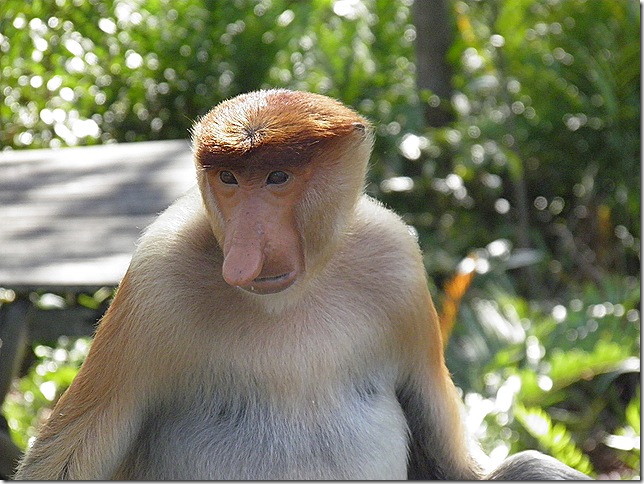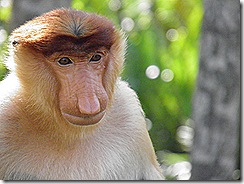It’s always a good sign when a town has goats ambling through its main street. It suggests a slower pace of life and you get a feeling that the inhabitants are not troubled by work-life balance issues.
Not that the council that runs of Kuala Selangor has been idle. On the contrary they have quietly built up their town into a popular tourist attraction that draws in visitors in their hundreds from KL, just over an hour’s drive away.
Kuala Selangor was once a thriving trading port due to its location at the mouth of the River Selangor on which goods were transported to and from the interior. The town was, for a time, the state capital and was captured by the Dutch in the 1780s. After the British took over, their attention shifted to Penang and KS slipped back into relative obscurity.
Today the town is famous for its fireflies, the nature park and the various attractions found on Bukit Melawati, the low hill that dominates the town centre. I have written about these attractions on my Malaysia-Traveller website.
In this post I am highlighting a few of the less well known sights.
In the town centre is an old Post Office building which has not been as over-refurbished as many, and a Chinese temple built around an ancient tree of some spiritual significance.
The 1907 lighthouse has been nicely maintained.
Troops of silver leaf monkeys like to congregate near the lighthouse to beg (or snatch!) food from tourists. Oddly their babies are orange colour.
Others prefer just to relax and enjoy the view.
On the other bank of the river is a brand new temple with an unusual cave-effect design.
At the nearby jetty are a number of seafood restaurants. This is a good place to buy locally made dried seafood products.
The famous fireflies are located a few kilometres outside of town. There are two main spots – at Kampung Kuantan or the Firefly Resort Park. At these places boatmen paddle tourists past berembang mangrove trees on the river bank where fireflies put on their nightly flashing light show.
A couple of years ago some bright spark started indiscriminatingly bulldozing the mangrove trees along the river bank to clear the way for oil palms or other purposes, not realising (or not caring?) that this was depriving the endangered fireflies of their habitat. Fortunately enough fuss was made to halt the damage and prevent the fireflies from being wiped out completely in this area.
We don’t know how much longer goats will be allowed to graze in Kuala Selangor’s high street but let us hope that the town manages to retain its peaceful charm in its rush for development.






